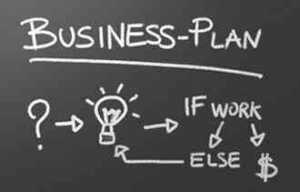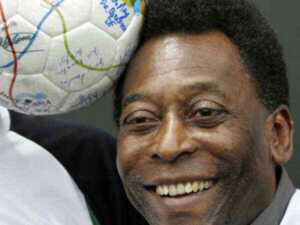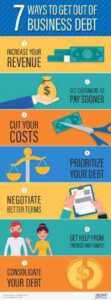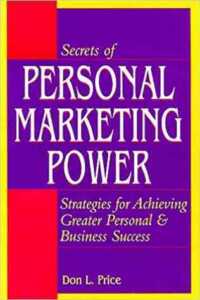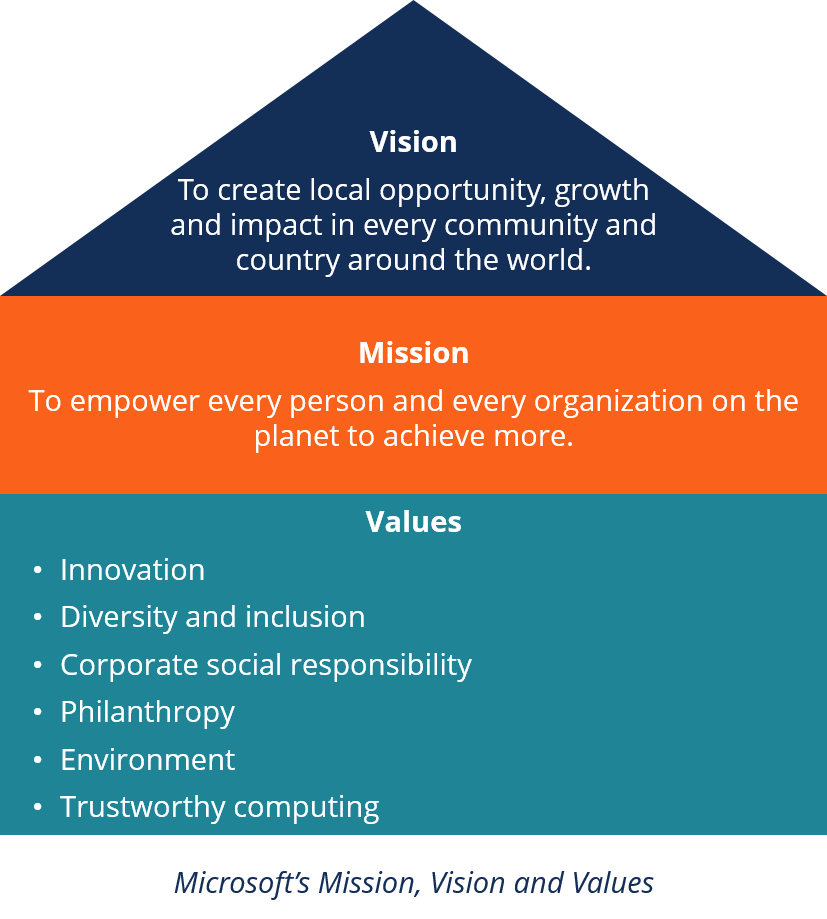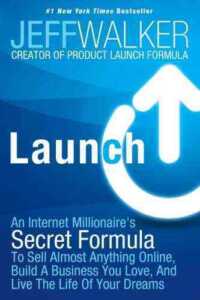[post actualizado 2020]
In November 2012, Monitor Group, a consulting firm founded in 1983 by super business management strategist Michael Porter, filed for bankruptcy and its assets were acquired by Deloitte.
Porter was respected in the marketplace for his contribution to the academic study of strategy, through the five fs model, which made him the most cited scholar of all time in the scientific work of business management.
Needless to mention, the critic crashed killing three decades of theory and the uncomfortable fact that the company had advised the regime of Libyan dictator Muammar Gaddafi.
He hasn’t been the only bigwig who has faced serious business complications.
Robert Kiyosaki, America’s finance wizard (best known for his bestseller Rich Dad, Poor Dad), filed for bankruptcy with his Kiyosaki Rich Global LLC, after losing a millionaire copyright lawsuit.
Donald Trump has gone through four bankruptcies and is still swimming in money. Microsoft has survived its operating system failures such as Millennium and Windows Vista, alternating with the adopted XP and Windows 7, while Bill Gates still has enough resources to carry out his philanthropy.
What is Failure for?
There is a culture that thinks that to achieve success, a prepared or synthesized recipe of stories of successful entrepreneurs full of money is not enough. Part of this recipe is the repudiation of error – also known as cultured perfectionism: without a mistake under his belt he is not a memorable entrepreneur, he is certainly a failure.
In another approach, faults are used as a starting point for telling stories of overcoming and caressing the ego who makes a living promoting conferences and writing bestsellers of men who did not give in to their dreams (the trilogy of not stopping dreaming).
However, it is not guaranteed that the more you read success stories out there, the less difference it will make in your life, nor will it generate more dividends or find success that easy.
“Success stories are used primarily as a marketing tool, as in the Steve Jobs biography. Not always the stories are told the way they happened, you will always see the romantic part “, says Ricardo Cipullo, professor of Corporate Strategy and partner at Renaissance Executive Forums of Brazil.
In other words, we try to create myths, heroes, signs. Nobody imagines a failed hero.
Suddenly, professionals do not want to be losers, and live quixotic adventures in the race, where failure and the pursuit of success are the imaginary carrots.
What if I told you that error is the most important stage of the company, a stage in which there is maturity and transformation of thought?
As the apostle said: “when i’m weak then i’m strong“The paradox is taken seriously in the era of startups, a business model can be quickly scalable or absolutely impossible – for young entrepreneurs where the middle ground of working hard to grow slowly is unacceptable. This leads not just one but several outright failures.
A bold approach that makes sense in a world where collaborative businesses are increasingly gaining ground, undermining (or reinventing) the old concept of competitiveness.
“The secret for someone who wants to be successful is to share, it is one of the few things that when it breaks, it increases. You must surround yourself with people who are willing to offer what they have”says Ricardo Cipullo.
The fall of Starbucks
“Before this company was in a wonderful situation, it seemed that everything that the company touched turned into gold. They began to feel invincible”But that dream state turned into a crisis unprecedented in company history, and not so long ago.
In 2007, Starbucks shares began to plummet – the devaluation reached more than 40%. With the strong increase in the number of offices (84 in 1990 and 10,000 in 2008), the stores began to compete with each other, since many were relatively close.
The brand was no longer synonymous with exclusivity and good taste but more associated with fast food coupled with the fact that competition had grown strongly.
“We had to change the way we do things. When I took office, I had the idea of having a great meeting, with the participation of 10,000 executives. It was at that meeting that we realigned the responsibility and direction of the network” – Schultz said.
He returned to the CEO chair in early 2008, after an eight-year absence, on a mission to perform a miracle to save the brand from catastrophe.
“In a crisis, you have to make decisions without the correct or perfect information.”
Starbucks was able to reconnect with consumers: in the second quarter of 2012, it achieved a profit of 16% over the previous year. But it was necessary to get out of failure.
Turning Failure Into Results
A manager doesn’t always have the luxury of having the data, time, and information to formulate a strategy and make a decision. Currently, most are made based on experience and professional touch to give the necessary agility.
José Rubens, founder of a digital marketing franchise, says that between 2010 and 2011, his company experienced an accelerated expansion of the franchise, which resulted in an excess of projects to develop.
Thus, in half of the cases there were serious delays, caused by a poor decision to centralize the projects in the franchisor. And customers don’t like to wait.
“To overcome the crisis, we have changed the leadership team, increased attention and an accelerated process with some outsourcing. In two months all the projects were in time“says Rubens.
It further explains “That the decisions generated a backlash among the franchisees, but the majority accepted that we were not running away from the problems and helped us solve them. It was a period in which we discovered who our partners really were.”.
It is not fate, or astral hell, or success or failure stories, or the situation of external economic or other factors that will determine your failure or success.
“Success consists of effort, dedication and knowledge and not just fairy tales.”






